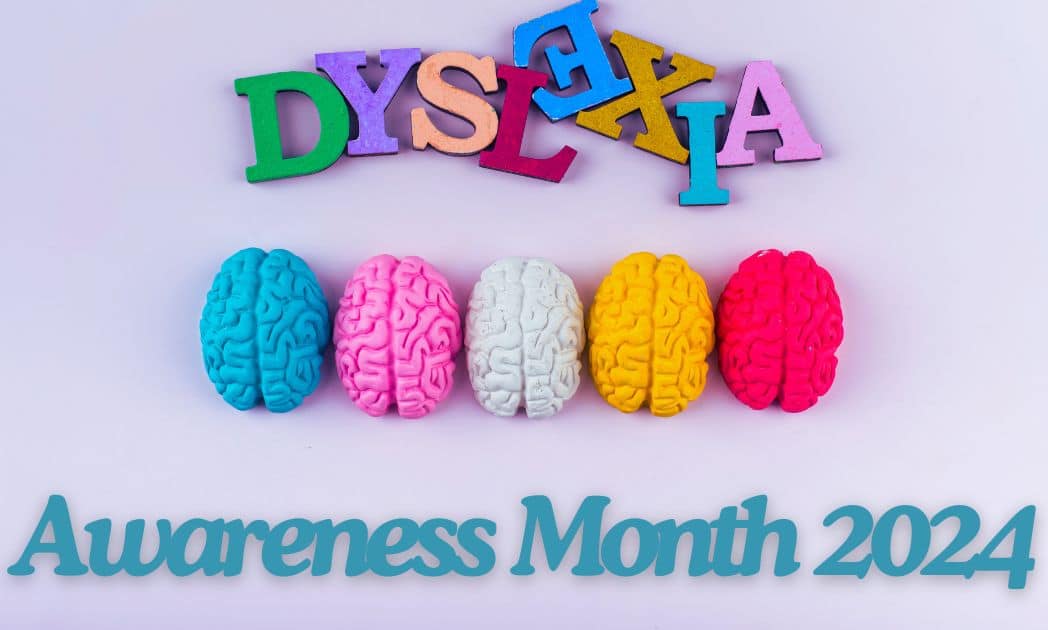October is Dyslexia Awareness Month 2024 – the perfect time to raise awareness, inform, educate, and celebrate our children.
Download a carefully curated dyslexia resources pack today! Ideal for both school and home, this pack is designed to support your child on their educational journey.
Support, encourage, and be present
Growing up with dyslexia can be challenging. Simple tasks can feel overwhelming, and without the right support, frustration can quickly lead to anxiety. That’s why it’s crucial that children with dyslexia receive the proper support both at school and at home.
Explore essential tools for dyslexia: These resources are designed to help your child navigate life with dyslexia. Additionally, it’s important to be alert to signs of anxiety. If your child is showing signs of dyslexia-related anxiety, this detailed guide can help you support them.
Dyslexia Awareness Month 2024: We need to educate ourselves
Creating a dyslexia-friendly learning environment is essential for building confidence and overcoming obstacles. Small, manageable changes in the classroom can make a huge difference. This guide to transforming a classroom into a dyslexia-friendly space is a great starting point for educators. Share it, educate yourself, and help your child succeed.
Touch typing is an invaluable skill. I highly recommend this course by TTRS (Touch-Type Read and Spell) for any child with dyslexia. After trying many different courses, this is the best by far. Click here to find out more and sign up!
It’s important to stay informed about your child’s needs. In addition to creating inclusive, dyslexia-friendly classrooms, teachers should also be familiar with effective techniques for teaching children with dyslexia. Share these teaching strategies with everyone involved in your child’s education to help them progress.
Imagine struggling to focus on a page, seeing letters shift and dance, or finding it difficult to decode words or physically write. Dyslexia presents itself differently in every child, which is why it’s vital to tailor education to their unique needs. Multisensory learning is one of the most effective ways to teach children with dyslexia.
Why should we raise awareness?
Dyslexia affects 5% to 10% of the global population, yet many educators still lack sufficient understanding of it. Dyslexia Awareness Month 2024 is the perfect time to spread knowledge and foster understanding.
How much do you know about dyslexia? The more informed we are, the better we can support our children. Early detection of dyslexia gives children access to critical support and boosts their confidence as they grow. For instance, traditional phonics can be especially challenging for those with dyslexia. If a child can’t hear how sounds blend together, learning phonetics becomes difficult. That’s why this guide to phonics and dyslexia is essential reading. This blog post is a great introduction to dyslexia and what it actually means.
Celebrating strengths
It’s important to not only focus on the challenges dyslexic children face but also to celebrate their strengths. Every child with dyslexia has unique abilities that will shape their future. These strengths should be nurtured and celebrated. I discuss the unique strengths of dyslexia here.
There is no reason your child can’t excel in school, enjoy reading, and develop a love for learning. They have the potential to be anything they dream of!


Recent Comments